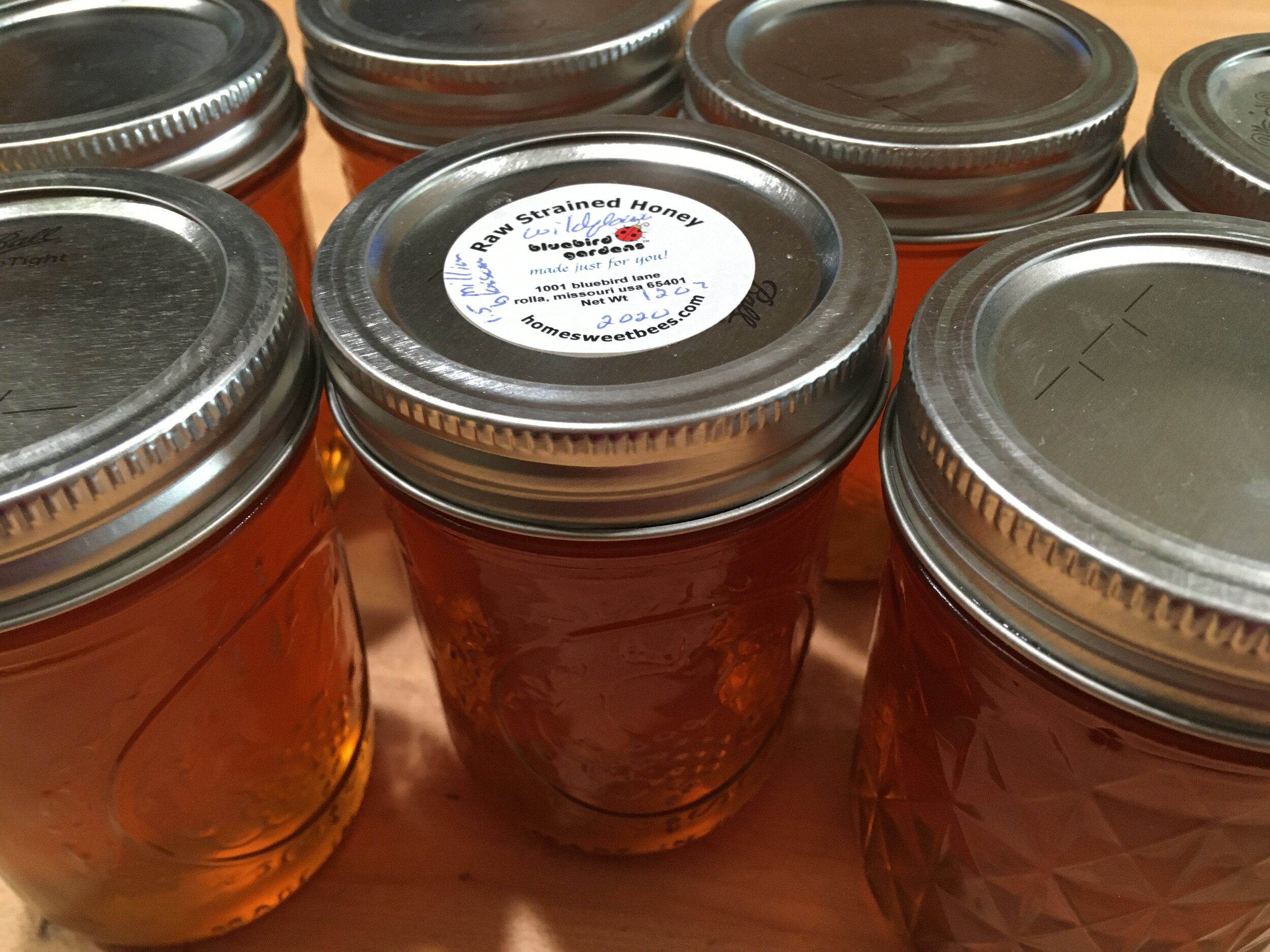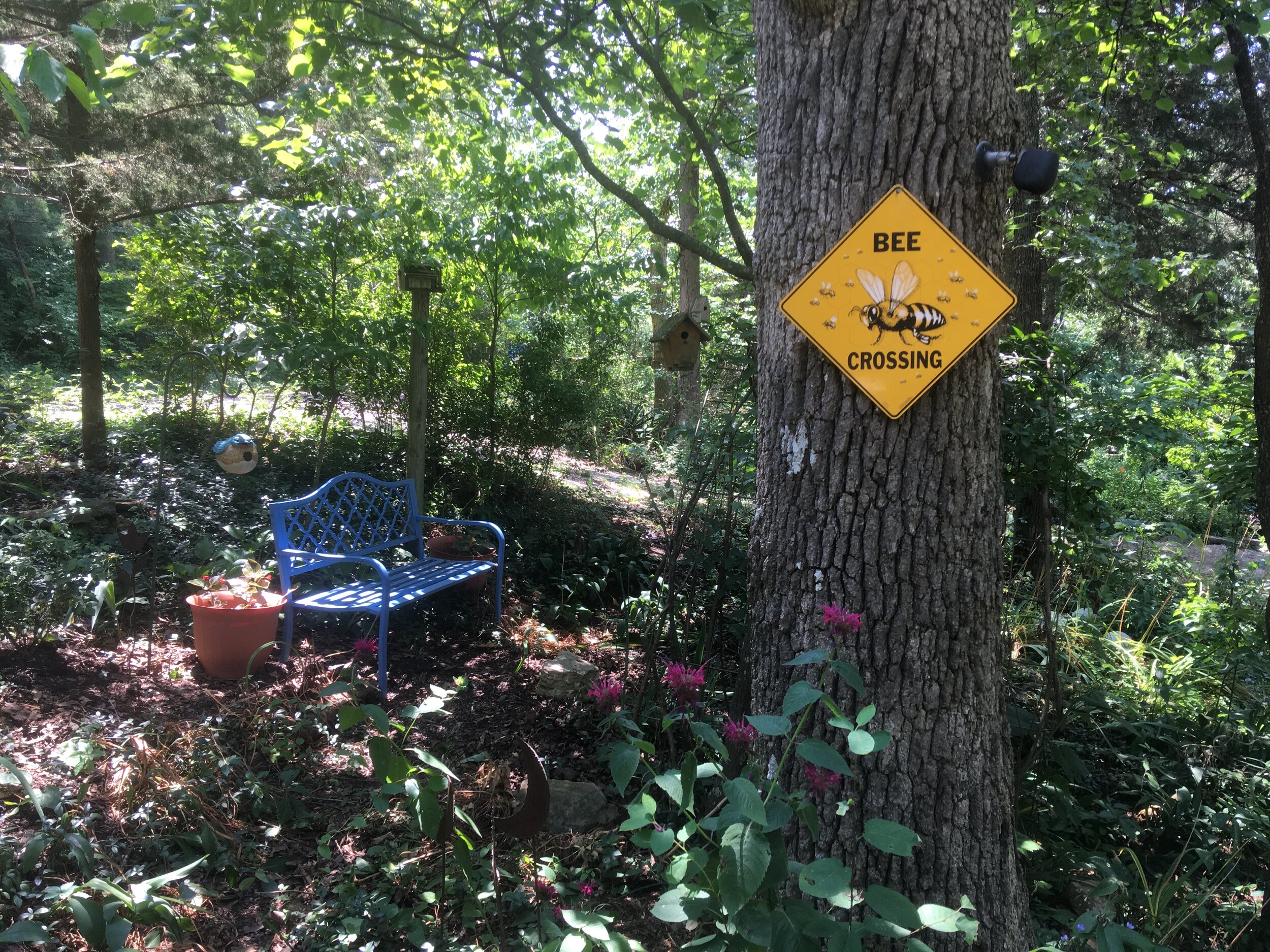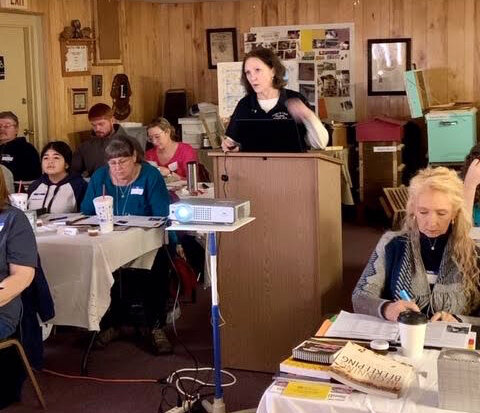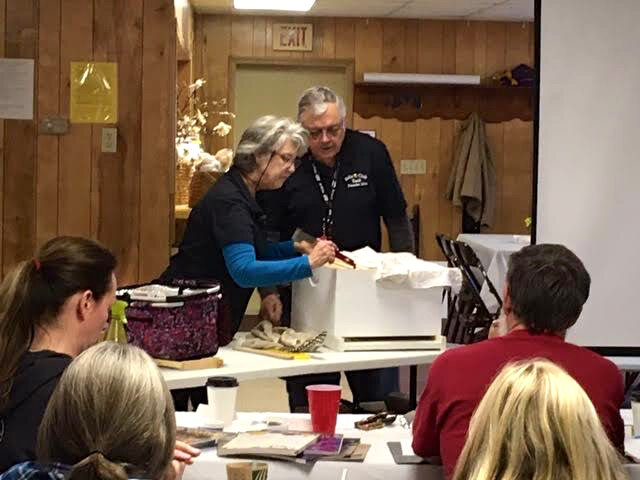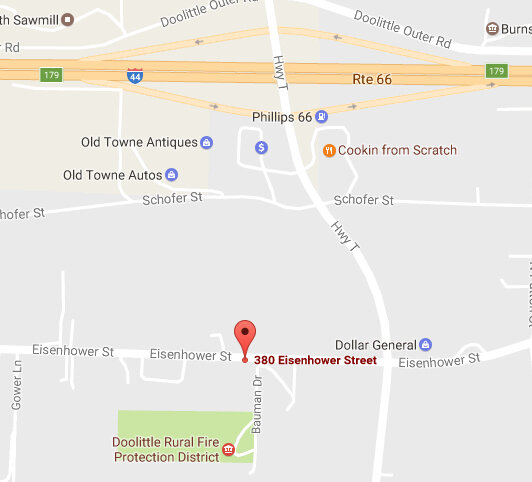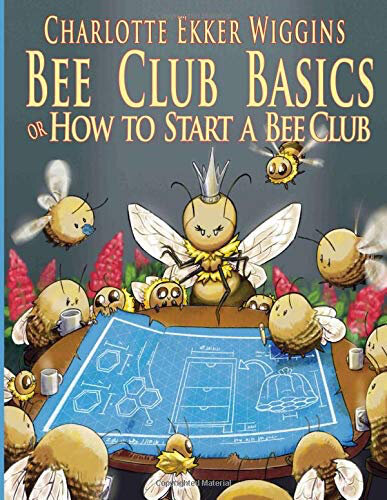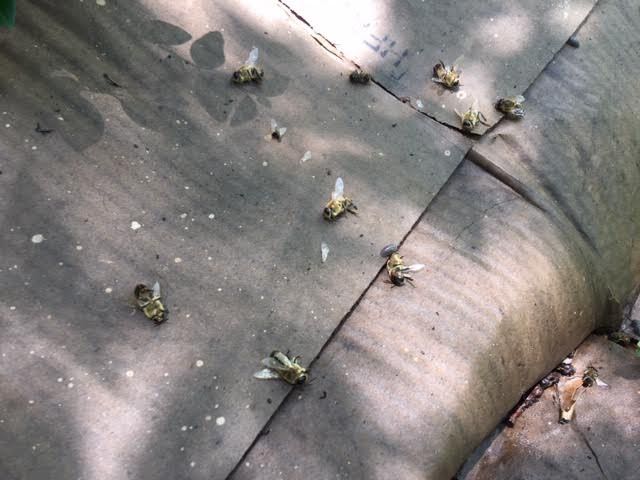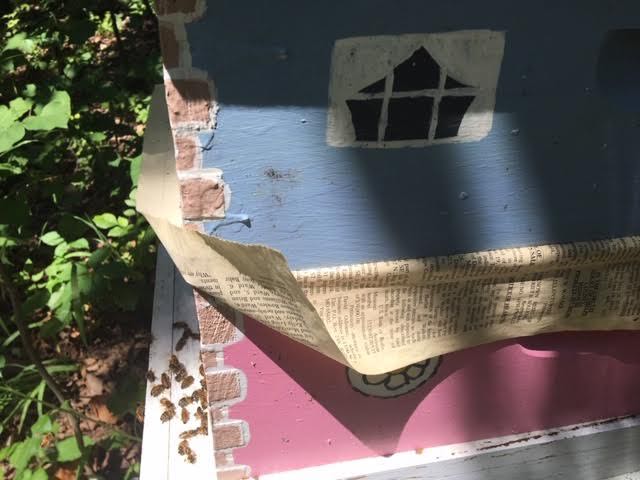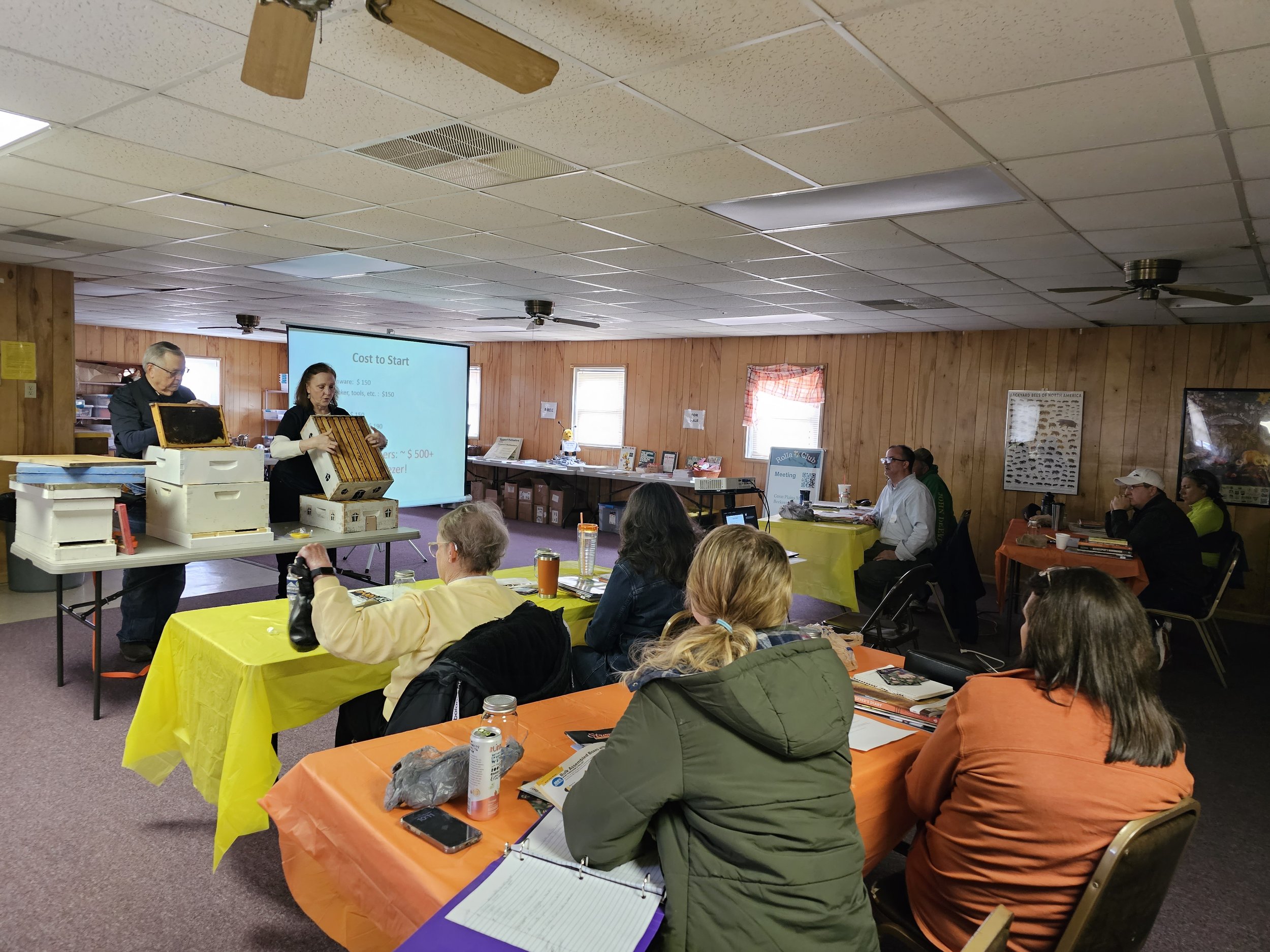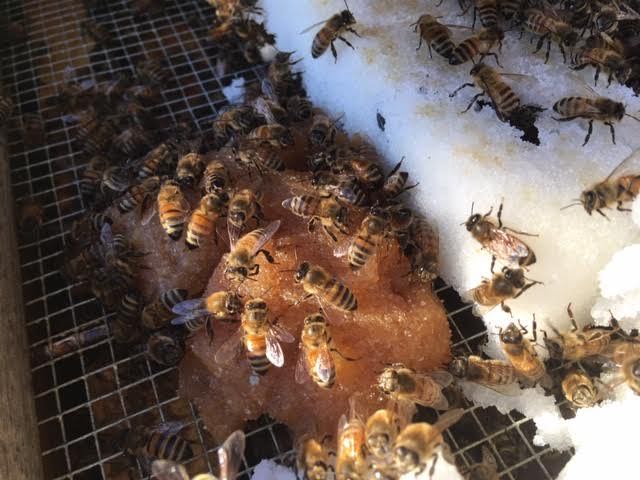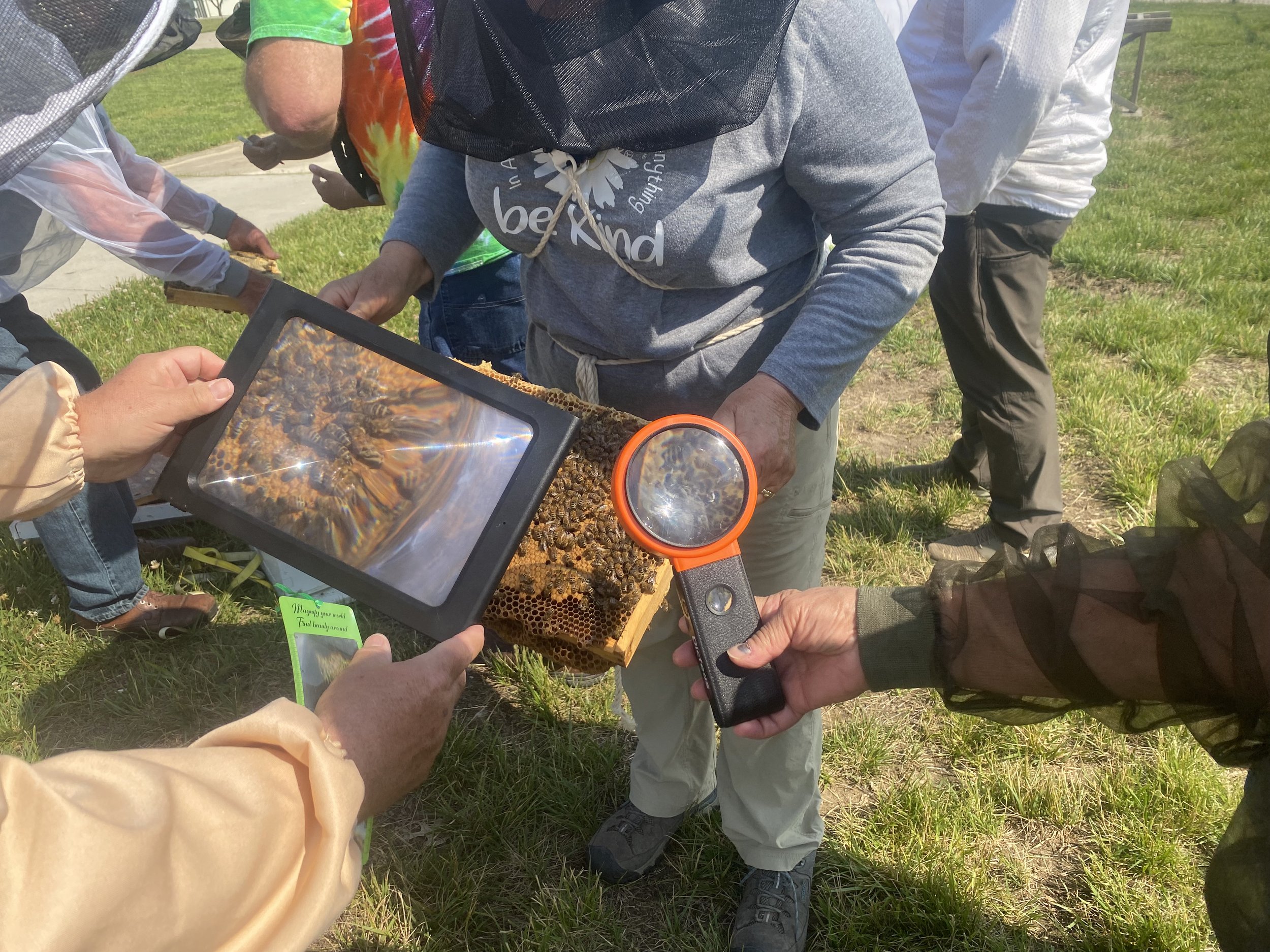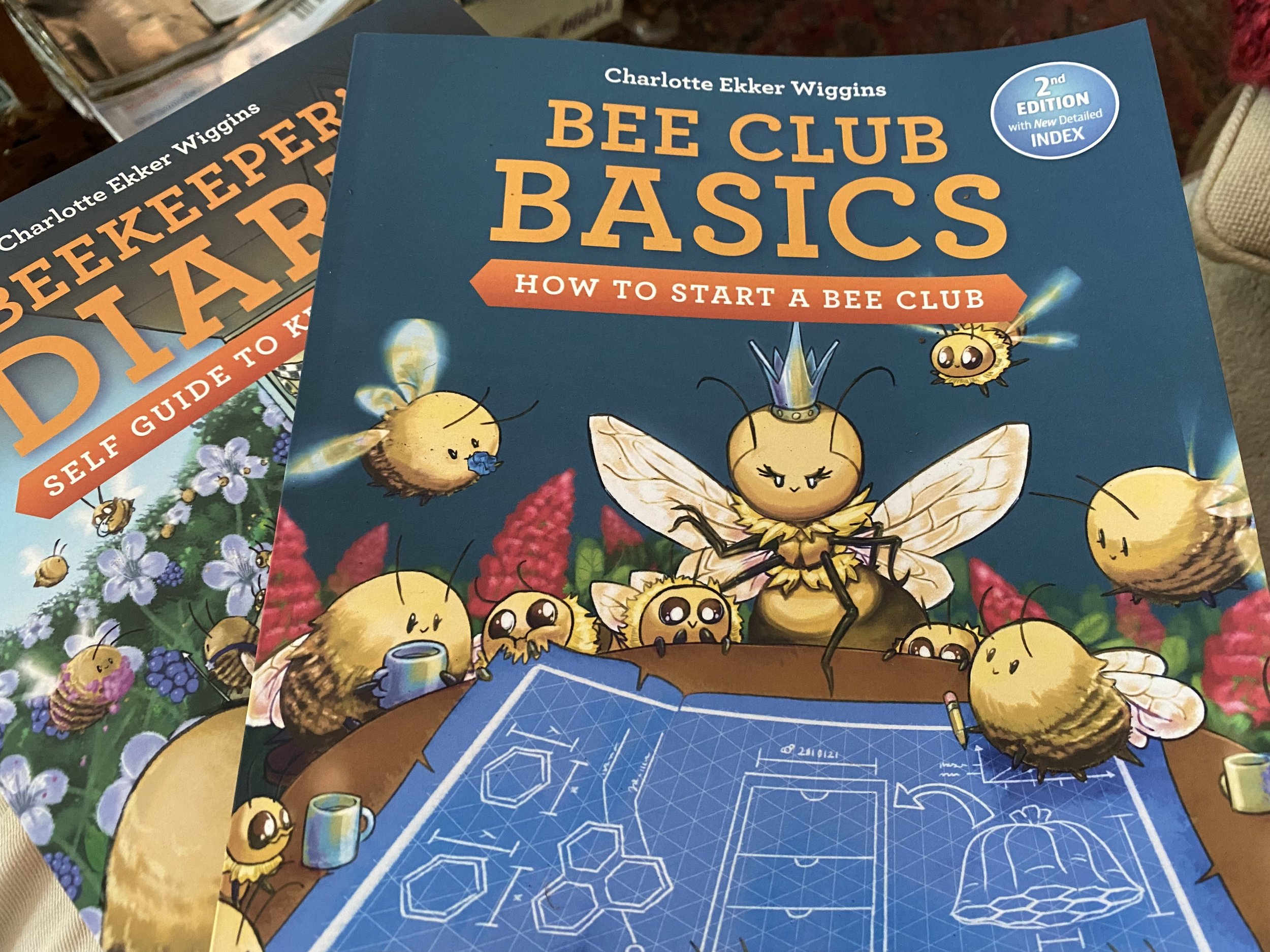New Uncapping Fork
/The latest wax uncapping fork taken out for a test drive. (Photo by Charlotte Ekker Wiggins)
New Uncapping Fork
If you haven’t been around beekeepers, one of the things they tend to like to do is try out new things. If they are not trying something new with their bees in the garden, they are usually making something in their woodworking shop. Every once in awhile a new gadget makes it to the market and catches their attention and this is one of them.
To extract honey, beekeepers have to first remove the wax cap the bees build over the honey ready for storage.
Traditionally the wax caps are removed by hand with this pick-like tool.
Not a hair comb, this is the old fashioned uncapping fork. (Photo by Charlotte Ekker Wiggins)
To use it, the scraper has to be carefully pulled across the top of the frame to remove the wax caps without gouging the frame of honey.
The new uncapping fork is designed to help guide the scraper so that it doesn’t dig too deeply into the frame of wax.
During a honey extracting demonstration in August, several of my beekeeping students took turns trying out both the traditional scraper and the new one.
One of our beekeeping students using the new uncapping fork. (Photo by Charlotte Ekker Wiggins)
The consensus was it takes a little practice to be able to glide the new uncapping fork across the wax frame.
With practice, most of the beekeeping students preferred the new uncapping fork even to a heated knife.
More students testing both the new and the old uncapping scraper. (Photo by Charlotte Ekker Wiggins)
So if you are looking for a beekeeping gift idea, this would be a good one to add to your list. It runs around $20 and would make a nice stocking stuffer!





